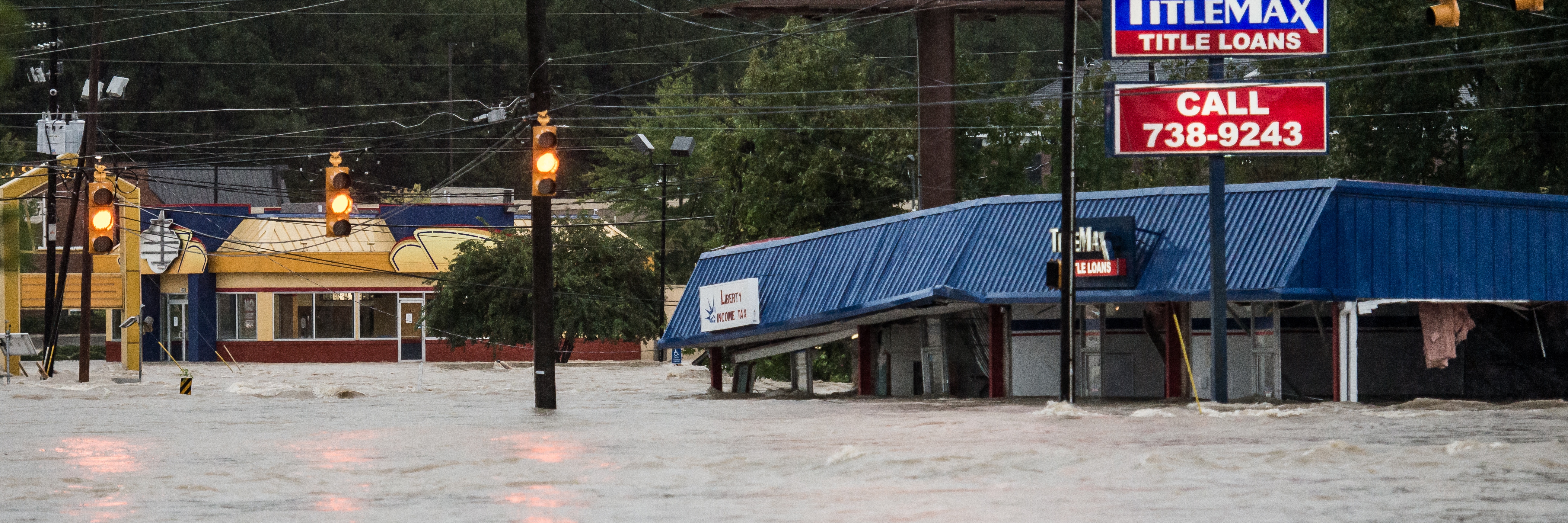
Munich Re conducted a recent survey of U.S. business owners and insurance agents. In our survey sample, nearly 100% of commercial policyholders with business incomes of less than US$ 250,000 had no flood coverage at all. This is a troubling statistic because from 2011 to 2015, the average commercial flood claim in the U.S. was US$ 90,0002,—a loss amount that many uninsured small businesses could find difficult to overcome. Post event, many uninsured small business owners are forced to spend personal funds or take out loans from the Small Business Association, which can put undue financial pressures on them.
When the flood risk is so great, why do many small business owners continually choose to go uninsured? Why does this large protection gap continue to exist? One of the big reasons is that insurance policies can be one of the larger expenditures for a small business owner. Most small business owner insurance policies do not include flood coverage as part of their standard offering. The NFIP non-residential preferred risk policy, sometimes the only flood insurance option for small businesses, fails to differentiate between the level of hazard within a flood zone. Flood is a high gradient peril and elevation and location information are critical for underwriting the risk of flood. The protection gap is ultimately “optimism bias” when it comes to our perceptions of cat exposure.

Another factor to consider is that many business owners are unaware of their proximity to flood zones. A commercial location outside of a flood zone isn’t immune to the possibility of a flood event. While the business may save some money in the short-term by not having flood insurance, they are taking an even greater risk on the long-term sustainability of their business. One flash flood or severe storm could put them literally and financially under water.
FEMA reported that roughly 40% to 60% of small businesses that close due to destructive events never open their doors again.3 Ellicott City, MD, experienced a flash flood on July 30, 2016, which severely displaced the economic growth of the local businesses. Prior to the flood, the downtown Main Street corridor directly contributed US$ 124.2 million in business activity to the county and employed 955 people.4 As a result of the flash flood, economic activity in the county could be reduced by US$ 42.4 million.5
Commercial flood coverage should be an urgent concern for all small businesses, inside and outside of flood zones. As Ellicott City illustrates, a single flash flooding event can make a huge economic impact in the magnitude of losses to a given location. A more severe example of flood losses can be seen with Hurricane Harvey in 2017. With four days of rainfall, the tropical cyclone inflicted US$ 125 billion in damages to the Houston metropolitan area.6 The most troubling fact was that about 70% of the damages were uninsured7, leaving many businesses without any recovery funding.
With flooding on the rise, small business owners are left in a precarious position while they search for an affordable solution to this unpredictable and stormy future.
To learn more about Munich Re's commercial flood solution, click here.
1 https://www.fema.gov/national-flood-insurance-program
Munich Re Experts

Related Topics
Newsletter
properties.trackTitle
properties.trackSubtitle







